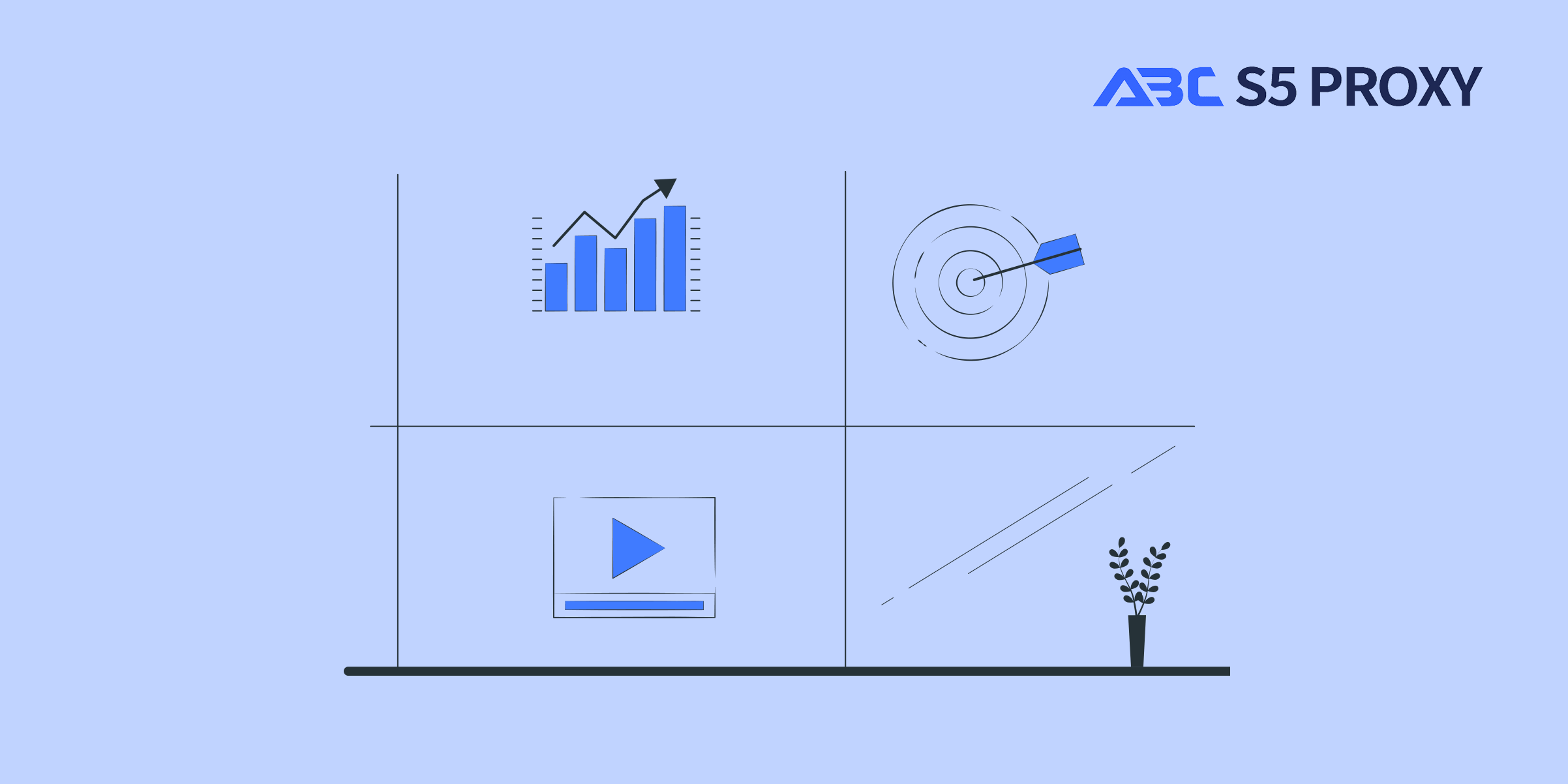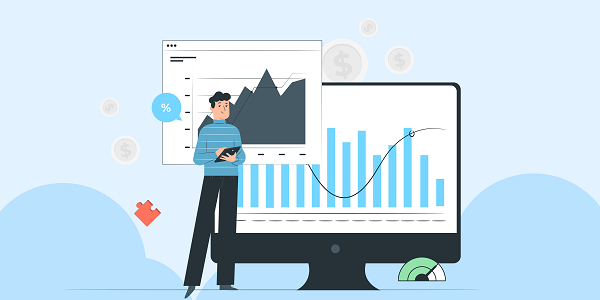Residential Proxies
Allowlisted 200M+ IPs from real ISP. Managed/obtained proxies via dashboard.

Proxies
Residential Proxies
Allowlisted 200M+ IPs from real ISP. Managed/obtained proxies via dashboard.
Residential (Socks5) Proxies
Over 200 million real IPs in 190+ locations,
Unlimited Residential Proxies
Use stable, fast, and furious 700K+ datacenter IPs worldwide.
Static Residential proxies
Long-lasting dedicated proxy, non-rotating residential proxy
Dedicated Datacenter Proxies
Use stable, fast, and furious 700K+ datacenter IPs worldwide.

Web Unblocker
View content as a real user with the help of ABC proxy's dynamic fingerprinting technology.
Proxies
API
Proxy list is generated through an API link and applied to compatible programs after whitelist IP authorization
User+Pass Auth
Create credential freely and use rotating proxies on any device or software without allowlisting IP
Proxy Manager
Manage all proxies using APM interface

Proxies
Residential Proxies
Allowlisted 200M+ IPs from real ISP. Managed/obtained proxies via dashboard.
Starts from
$0.77/ GB
Residential (Socks5) Proxies
Over 200 million real IPs in 190+ locations,
Starts from
$0.045/ IP
Unlimited Residential Proxies
Use stable, fast, and furious 700K+ datacenter IPs worldwide.
Starts from
$79/ Day
Rotating ISP Proxies
ABCProxy's Rotating ISP Proxies guarantee long session time.
Starts from
$0.77/ GB
Static Residential proxies
Long-lasting dedicated proxy, non-rotating residential proxy
Starts from
$5/MONTH
Dedicated Datacenter Proxies
Use stable, fast, and furious 700K+ datacenter IPs worldwide.
Starts from
$4.5/MONTH
Knowledge Base
English
繁體中文
Русский
Indonesia
Português
Español
بالعربية

Title: The Power of Parsing Data: Unveiling Insights and Opportunities
In today's data-driven world, the ability to parse and analyze data effectively has become a crucial skill for businesses and individuals alike. Parsing data refers to the process of extracting and interpreting information from raw data sets, allowing us to uncover insights, trends, and patterns that can drive informed decision-making and unlock new opportunities.
Parsing data is not just about collecting information—it is about transforming that information into valuable knowledge. By breaking down complex data into smaller, more manageable parts, we can identify relationships, correlations, and anomalies that may not be immediately apparent. This process enables us to spot trends, make predictions, and derive actionable insights that can inform strategic planning and drive innovation.
One of the key benefits of parsing data is its ability to reveal hidden patterns and connections. By analyzing large datasets, we can uncover relationships between variables, identify trends over time, and detect anomalies that may signify opportunities or risks. For example, in the field of marketing, parsing customer data can help businesses understand consumer behavior, target their advertising more effectively, and personalize their marketing strategies to improve customer engagement.
Moreover, parsing data can help businesses optimize their operations and improve efficiency. By analyzing production data, for instance, companies can identify bottlenecks, streamline processes, and reduce waste, leading to cost savings and increased productivity. In the healthcare industry, parsing patient data can enable healthcare providers to personalize treatment plans, improve patient outcomes, and prevent costly complications.
The advent of advanced technologies such as machine learning and artificial intelligence has revolutionized the way we parse and analyze data. These technologies can process massive amounts of data at incredible speeds, identify complex patterns, and make predictions with a high degree of accuracy. By leveraging machine learning algorithms, businesses can automate data parsing tasks, gain deeper insights from their data, and make data-driven decisions in real-time.
However, parsing data is not without its challenges. The sheer volume of data generated today can overwhelm traditional parsing methods, leading to inefficiencies and inaccuracies. In addition, ensuring data accuracy, integrity, and privacy is paramount, especially in industries where data sensitivity is a concern. To address these challenges, organizations must invest in robust data management systems, implement stringent data governance policies, and prioritize data security and compliance.
Despite these challenges, the benefits of parsing data far outweigh the risks. By harnessing the power of data parsing, businesses can gain a competitive edge, drive innovation, and enhance decision-making across all facets of their operations. From improving customer experiences to optimizing supply chains, parsing data is the key to unlocking insights and opportunities that can transform businesses and drive success in the digital age.
Featured Posts
Popular Products
Residential Proxies
Allowlisted 200M+ IPs from real ISP. Managed/obtained proxies via dashboard.
Residential (Socks5) Proxies
Over 200 million real IPs in 190+ locations,
Unlimited Residential Proxies
Use stable, fast, and furious 700K+ datacenter IPs worldwide.
Rotating ISP Proxies
ABCProxy's Rotating ISP Proxies guarantee long session time.
Residential (Socks5) Proxies
Long-lasting dedicated proxy, non-rotating residential proxy
Dedicated Datacenter Proxies
Use stable, fast, and furious 700K+ datacenter IPs worldwide.
Web Unblocker
View content as a real user with the help of ABC proxy's dynamic fingerprinting technology.
Related articles

How to safely crawl Facebook Marketplace data
Analyze the core difficulties of crawling Facebook Marketplace data, and explore how to circumvent the ban through proxy IP technology to achieve efficient and stable data collection.